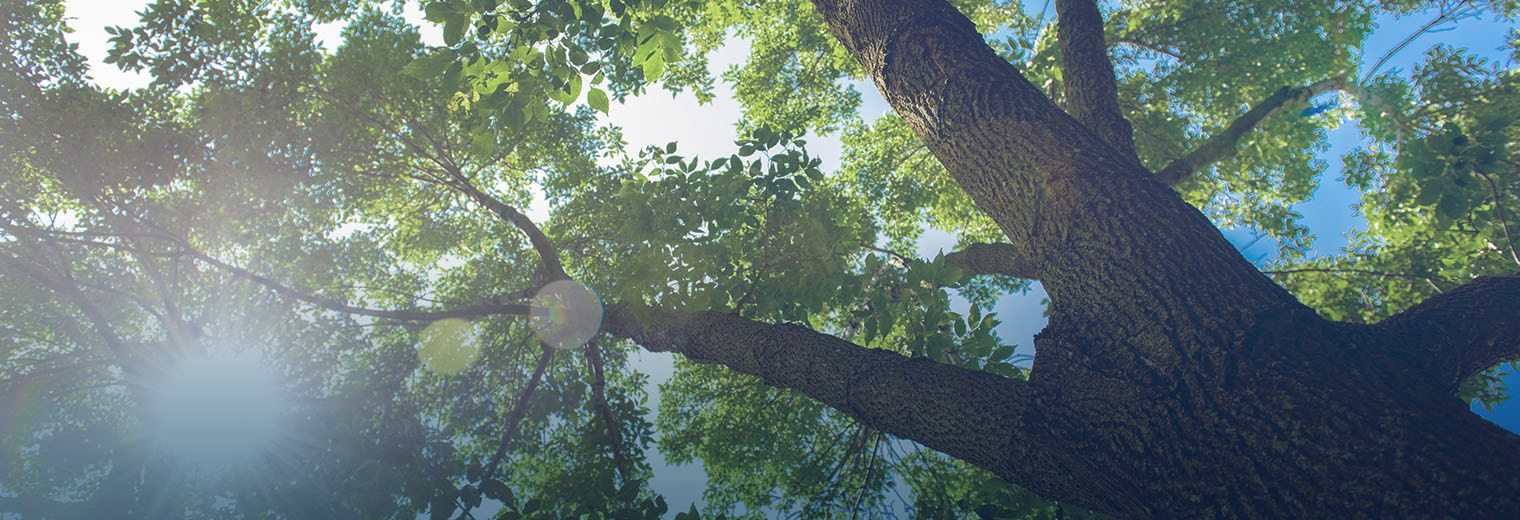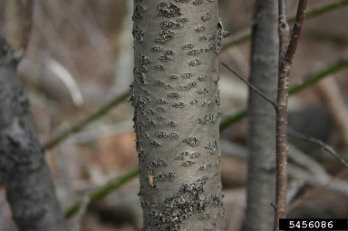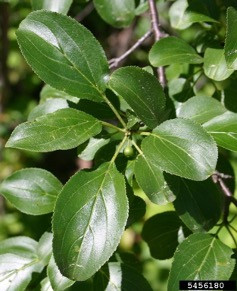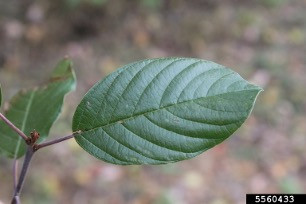These species, whether plant, animal, or microbial, often accidentally introduced into our ecosystems, pose a threat to the survival of our native flora and disrupt the ecological balance of our ecosystems. Our efforts focus on identifying, controlling, and eliminating these plants through targeted municipal projects. Through these initiatives, we aspire to restore and preserve the health of our green spaces, thus ensuring their diversity for future generations, while applying rigorous ecological management of our natural environment.
Different Management and Eradication Projects
Buckthorn
Common buckthorn and glossy buckthorn, an invasive exotic species, seriously threaten biodiversity by preventing the natural regeneration of native species. These plants harm the growth of local vegetation by providing shade and disrupt forest regeneration. Their presence also alters soil composition, making it difficult for surrounding plants to survive.
Buckthorn spreads easily and quickly invades large areas, where it can become the only species present. Birds and small mammals, by consuming its fruits and dispersing its seeds, promote this spread. The seeds can remain viable in the soil for five years, thus requiring regular control to eradicate the species.
At maturity, these two types of buckthorn can reach a height of 8 meters and a trunk diameter of 25 centimeters. Their bark, smooth and shiny, is marked with small horizontal lines (lenticels), while the interior has an orange tint.





